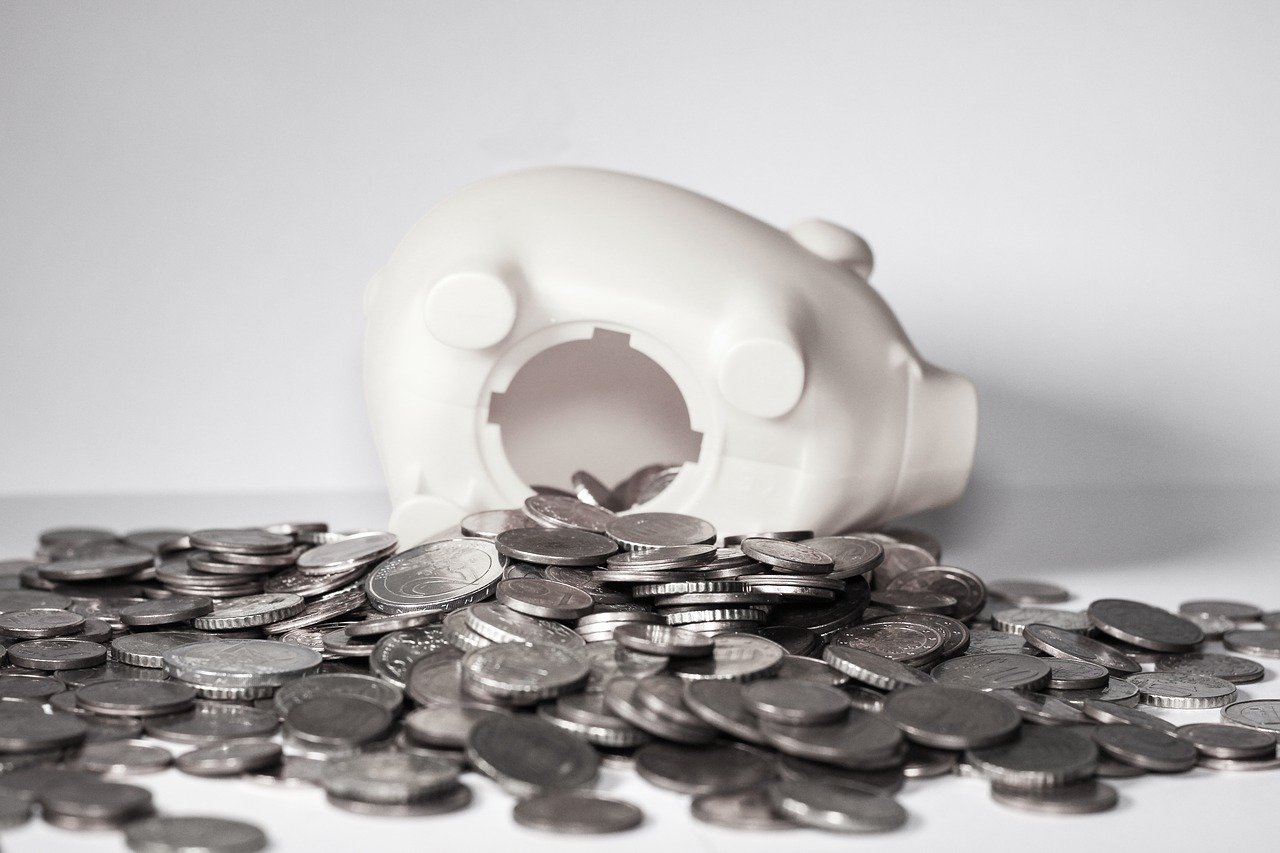
How to Set Financial Goals For Your Future
August 10, 2021
How can you set financial goals for the future?
- Set Goals — Short-Term, Mid-Term, and Long-Term
- Check If Your Goals Are SMART
- Create a Realistic Budget
- Commit to A Routine and Deadlines
- Make Sure They’re Your Own Goals
Setting your financial goals for the future is vital to achieving the vision you have for your life. Your dreams can come within your reach if you have the capacity to obtain them. For this to be possible, you have to figure out how to start building it — which is where goal-setting comes in.
Knowing how to set financial goals is key to starting your journey towards your dream life. If you don’t know where you’re going, how will you move towards the life you want? Read this guide to understand how to set your own goals and set yourself up for future success.
Set Goals — Short-Term, Mid-Term, and Long-Term

The first thing to do when setting your goals is to know what you want to achieve, then write that down. Writing them gives them more significance, and helps you sort out what to prioritize, what is within reach, and what can be done to reach them.
Classify your goals into short-term, mid-term, and long-term categories. Short-term goals are things that can be reasonably done within a year. Some short-term goals can include simple milestones like buying a new laptop, paying off a small debt, or setting up an emergency fund for yourself.
Mid-term goals aren’t achievable within a year, but should not take longer than four or five years. Some examples of this are moving to a new city, buying a car, or even going back to school to get a second degree.
Long-term goals usually take five or more years to achieve. They can even take a whole lifetime of consistent work to reach. An example of a long-term goal is setting up a retirement fund. Others are paying off a mortgage, putting aside money for a child’s education, or moving to another country.
Check If Your Goals Are SMART
After writing your goals and putting them into categories, double-check them to make sure they’re SMART — that is, specific, measurable, achievable, relevant, and timely. If you can’t measure your goals, how will you know your progress? If you don’t know if you can reasonably save up for them, it might as well be unattainable.
While your goals should be challenging and can put you outside your comfort zone, they can’t be ridiculously difficult to achieve. Your goals should be within the realm of possibility, to make sure you aren’t putting all your efforts into something you won’t be able to get.
Create a Realistic Budget

Working off of the goals you’ve set for your future, make a realistic budget for yourself. Get a strong handle on your income and expenses, and try to identify how to change your spending habits so you can put money towards achieving your goals.
Don’t be afraid to detail your budget to the T. Found a small but unnecessary expense? You can write that off of your shopping list for next month. Every bit saved counts for something. With your tough but realistic budget, you can work out enough money every paycheck, and put this into the first things on your list of goals.
Commit to a Routine and Deadlines
After giving yourself a budget, you should commit to following a routine. This can be as simple as taking a few minutes every week to update your budget and check your finances to stay on track with your plan. Setting a timeframe will also reinforce this behavior. Deadlines will push you to stay consistent and disciplined with your spending habits to ensure that you meet your goals before a set date.
Your routine should help you keep a close eye on your progress, and check if you’re hitting your benchmarks on time. Adding additional resources to your routine is a good way to help yourself. There are many finance and calendar applications you can download to give yourself progress reports, alerts, and prompts to keep you on track.
Make Sure They’re Your Own Goals

The last step is to make sure that the goals you’re working towards are something you truly want for yourself. It’s easy to get caught up in what your peers are achieving, or what you feel like you should be doing at this point in life. However, trying to meet goals you don’t want for yourself can be exhausting, and ultimately a waste of your investment.
When setting your financial goals, ask yourself if these are choices you want to make. Even if your financial goals don’t fit the mold, or seem confusing to others, what is important is that you’re personally motivated to achieve them. This motivation will determine whether or not you can fulfill your dreams.
Key Takeaway
Setting up your roadmap for the future requires some planning on your part. Without knowing how to set your financial goals for the future, you would not be able to make any progress on your plans.
You can also take this a step further and learn more about the ins and outs of personal financial planning from Benito Keh. As a professional and expert in finance, he can give you additional advice and tips in preparing for your future. Get in touch with him today!




